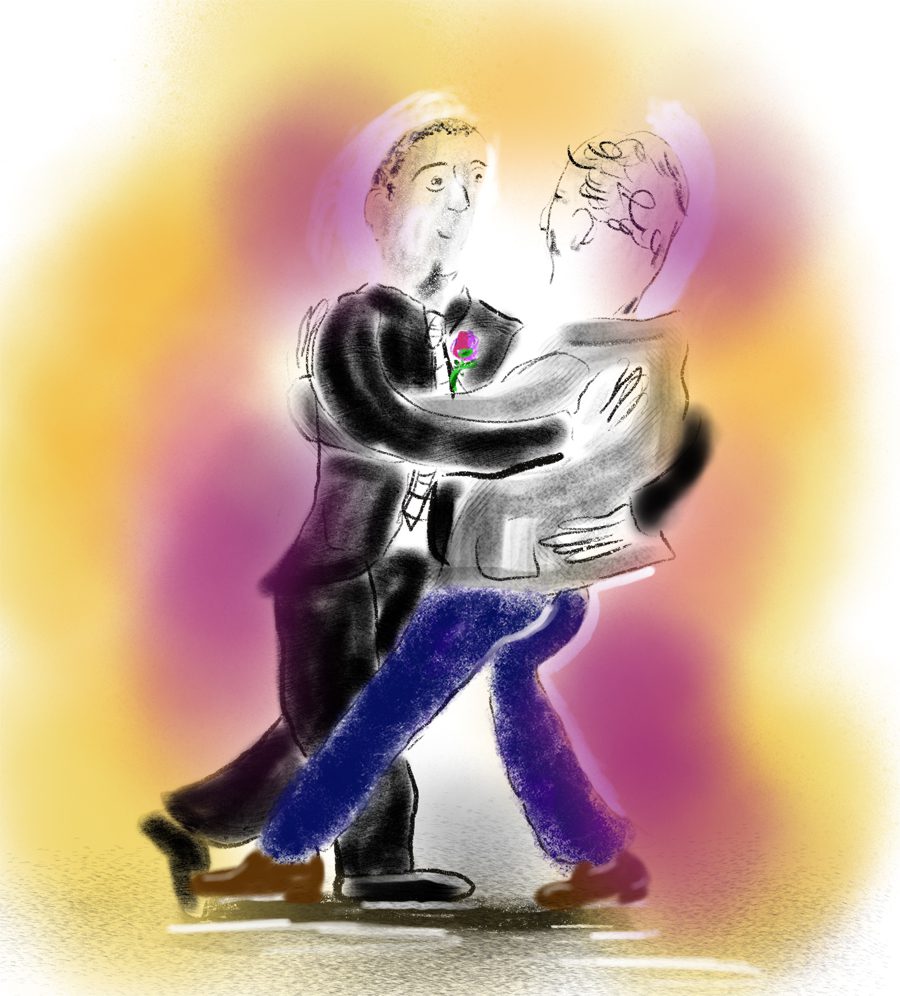What do Led Zepplin’s “Whole Lotta Love,” Coheed and Cambria’s legendary Neverender concert, Ed Wood (the film, not the director-turned-pulp-novelist), and nearly every alien horror movie have in common? Memorable hairstyles aside, they all incorporate the granddaddy of all electronic music: the theremin.
The under appreciated brain child of Lev Sergeivich Termen (Léon Theremin to us American folk), the theremin has evolved considerably since its inception some ninety years ago, yet continues to be denied the respect it deserves. Poor theremin. When will we stop beating it up and stealing it’s lunch money?
That is not to say that the theremin hasn’t seen it’s fair share of the limelight. Some would even call its resurgence in popularity as nerdy-novelty-instrument-of-chaos significantly overrated, but those people have never heard Clara Rockmore.
Léon’s first theremin prodigy, Rockmore set the standard for classical theremin performance and even developed her own method for teaching others. Although it sounds more like something you did in the back seat of a car during high school than a musical technique, “aerial fingering” allows musicians to hit notes while minimizing portamento (the tones that lie between traditional notes in a range).
That same quality is also what has drawn so many nerd-chic art-rockers to abuse the instrument as a symbol of their disregard for traditional harmonies. If ol’ Léon knew about this, he’d probably role over in his grave, but that’s beside the point.
Although it may be overrated as an instrument of the indie-music-revolution and source of bad sci-fi movie soundtracks, the theremin is still widely underappreciated as the inspiration behind Robert Moog’s first synthesizer and the beginning of electronic music as we know it.




